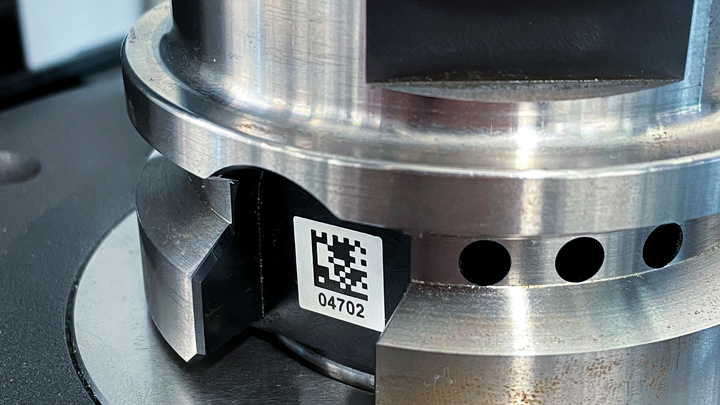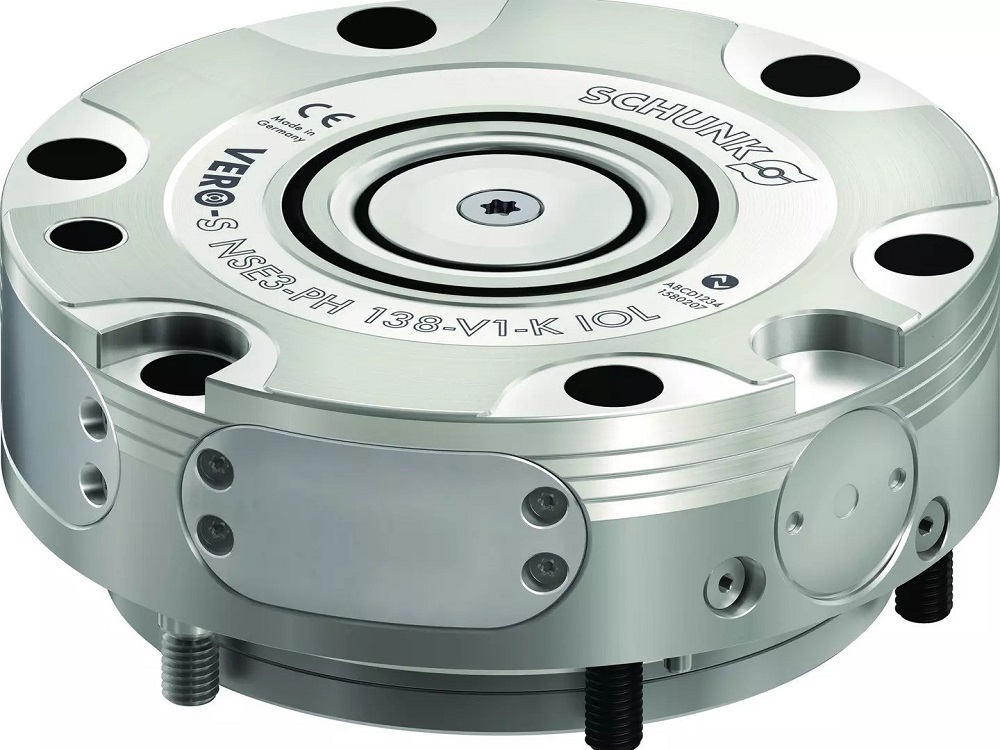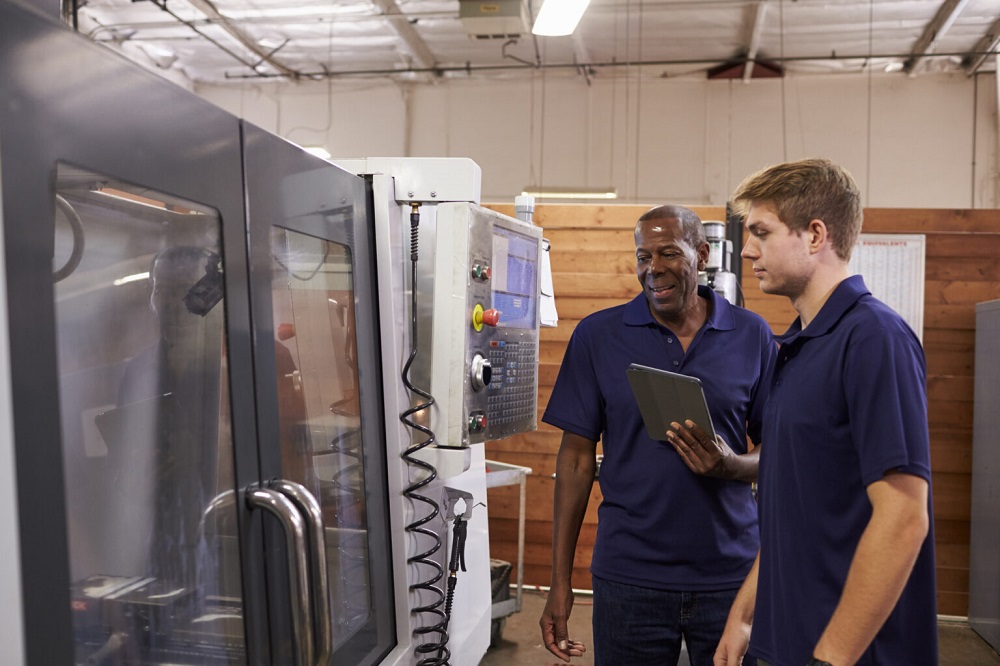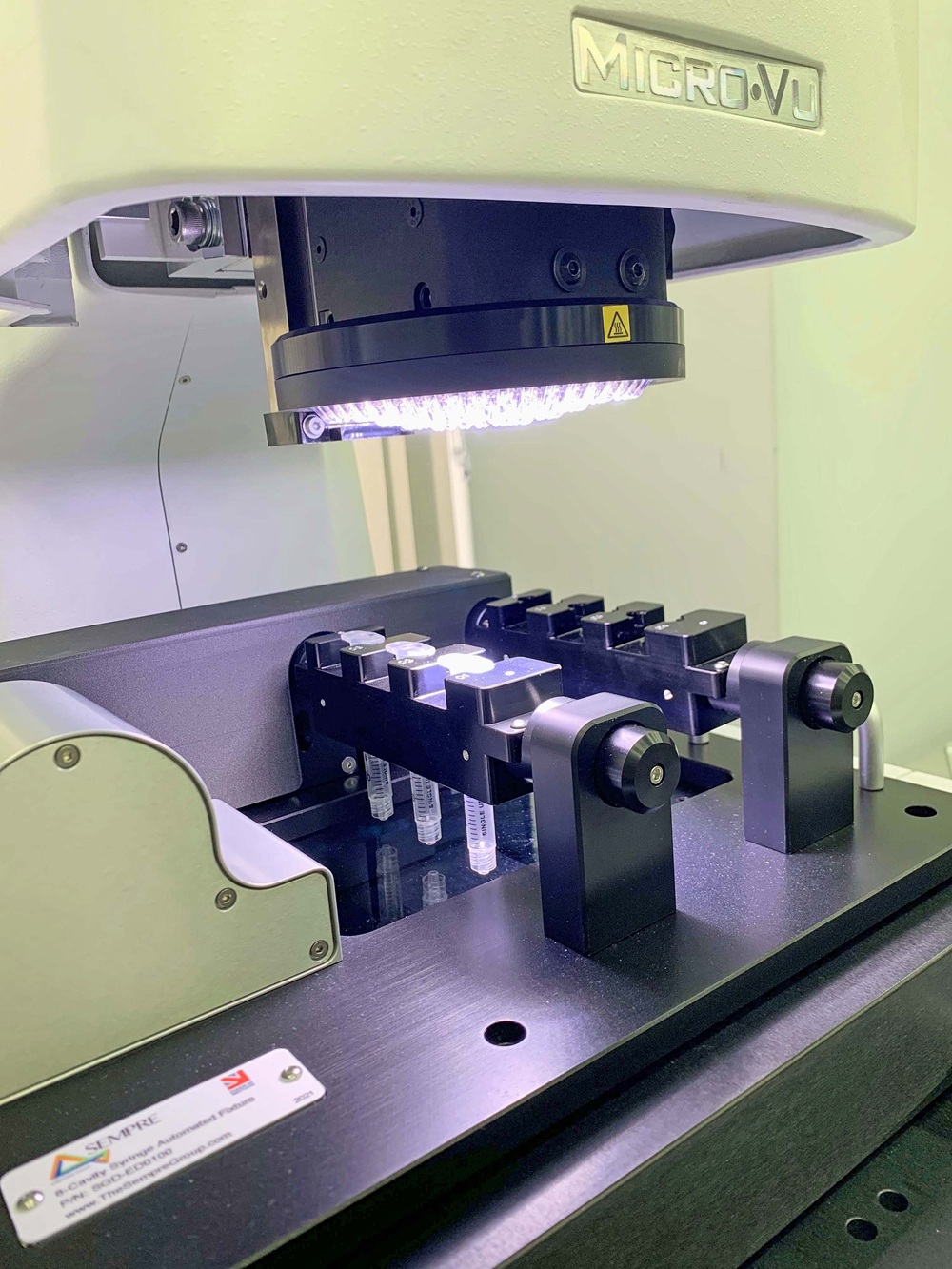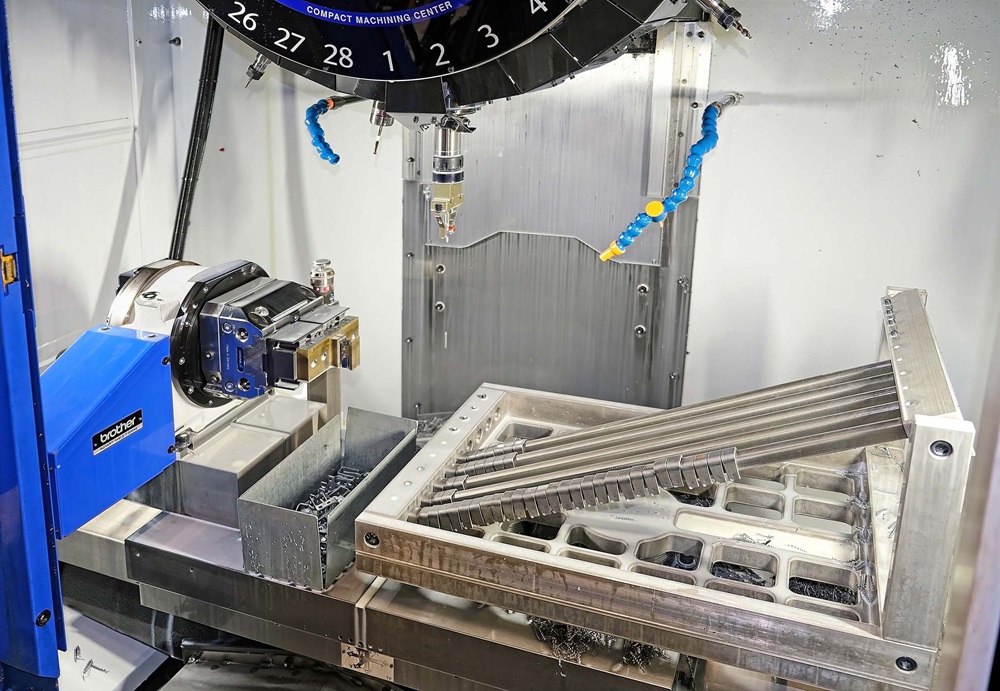The TP32 Tool Management, Tool ID (TiD) and Tool Tracking System (TTS) were developed by Nikken to meet the evolving demands of smart manufacturing and using connectivity between systems to improve information exchange and streamline processes. According to the company, these systems provide system integration, leading to improved visibility and efficiency that empower manufacturers to maximise uptime, reduce waste and centralise critical data.
Built as a comprehensive, fully integrated tool management solution, TP32 brings visibility and data exchange to the shop floor. Designed for connectivity with CAM systems, CNC machines, ERP software, vending systems and more, TP32 manages every tool and resource within a production environment, ensuring nothing is misplaced or overstocked, and all usage and costs are visible.
For manufacturers seeking a reliable entry point into digital tool data management, Nikken says TiD is ideal as a cost-effective, plug-and-play system for managing tool identification and data transfer.
TiD utilises handheld scanners to read a data matrix tag (similar to a QR code) directly from the tool at the presetter and machine. This unique identifier allows specific tool measurement data to be located and loaded directly into a machine’s NC, bypassing the need for embedded RFID chips or costly hardware modifications.
TiD is suitable for manufacturers looking to digitise their tool data without overhauling existing infrastructure. Nikken saysit offers a smart bridge between the physical and digital tool environment, while removing the change of erroneous tool measurements ending up in the machines tool table.
As the manufacturing landscape evolves toward full digitisation, Nikken reports that its TP32 and TiD software platforms provide the critical infrastructure needed for high-efficiency operations.
More information www.nikken-world.co.uk






